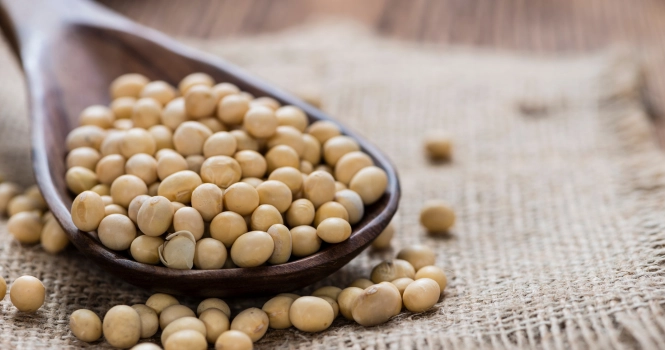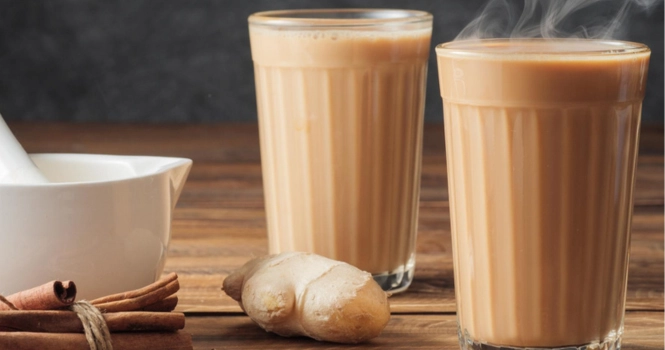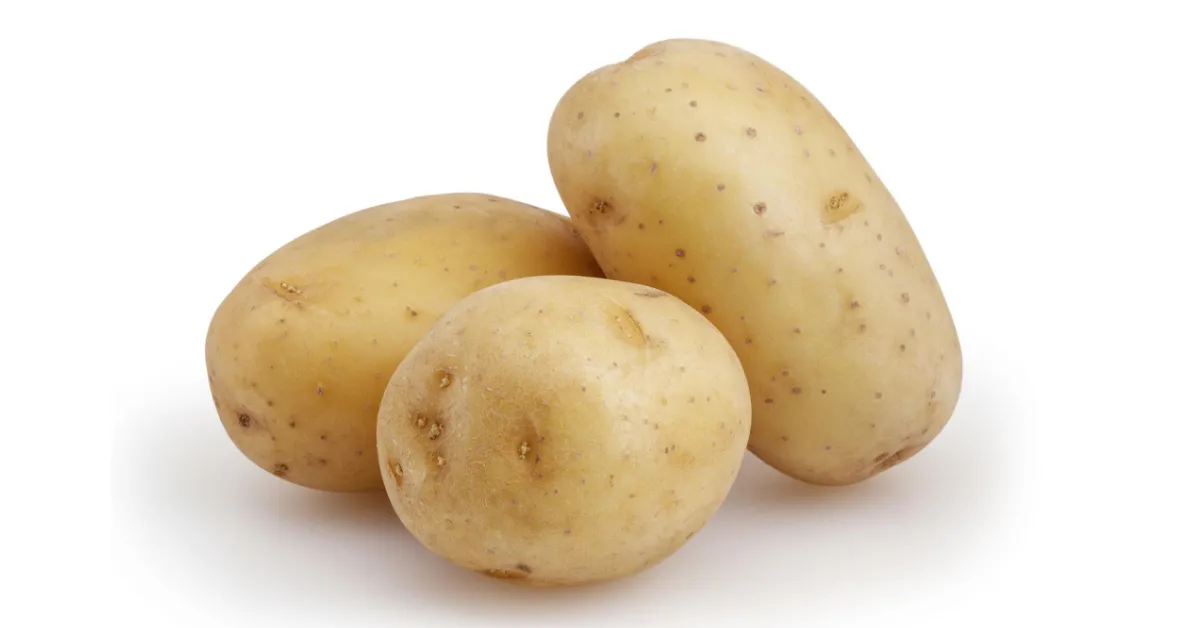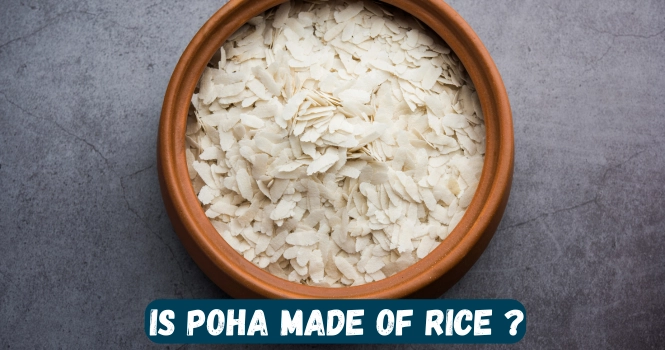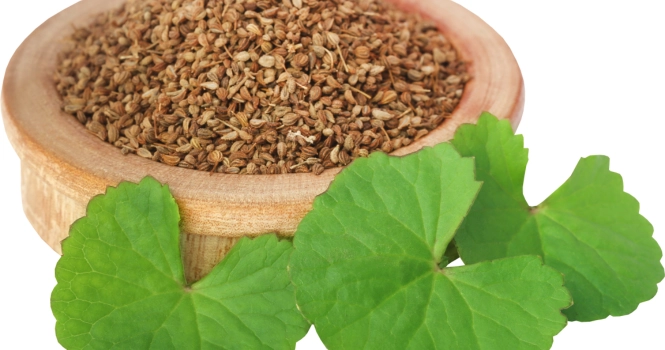Exploring the Caloric Content and Nutrition of Upma
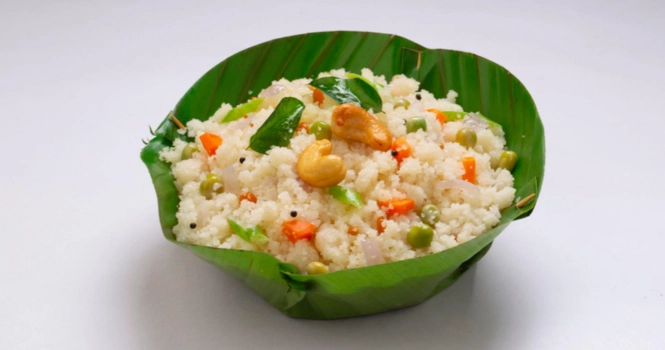
“Calories in Upma: A Look at the Nutritional Value of a South Indian Classic” focuses on the calorie content and overall nutrition of upma, highlighting its role in a balanced, tasty diet.
Let’s get into more details,
What is Upma?
Upma is a traditional Indian breakfast dish made from semolina (suji or rava) cooked with water or milk and typically flavored with spices, onions, and other vegetables. It’s a popular, nutritious, and quick-to-prepare meal commonly enjoyed in many Indian households.
Other names for Upma
Upma is also known by several other names, which can vary based on the region in India. Some of these include:
- Uppumavu: This is the name for Upma in Malayalam, commonly used in the state of Kerala.
- Uppittu: In Kannada, spoken in Karnataka, Upma is referred to as Uppittu.
- Uppindi: In Telugu, predominantly spoken in Andhra Pradesh and Telangana, Upma is known as Uppindi.
- Rulanv: In some parts of Maharashtra and Goa, Upma is occasionally referred to as Rulanv.
- Kharabath: In Karnataka, a variation of Upma that includes a richer spice blend and sometimes vegetables or legumes is called Kharabath.
These regional names reflect the widespread popularity of Upma across different parts of India, with each area adding its unique twist to this versatile dish.
Nutritional Facts of 1 plate Upma
| Nutrient | Amount in 1 Plate of Upma (Approximately 150-200g) |
| Calories | 250-300 kcal |
| Total Fat | 3-5 g |
| Saturated Fat | 1-2 g |
| Cholesterol | 0 mg |
| Sodium | 300-600 mg |
| Total Carbohydrates | 45-55 g |
| Dietary Fiber | 2-4 g |
| Sugars | 2-3 g |
| Protein | 6-8 g |
| Vitamins and Minerals | Varies (contains B vitamins, iron, magnesium, etc.) |
Calories in different servings
| Serving Size of Upma | Approximate Calories |
| 1 small plate (100g) | 125-150 kcal |
| 1 medium plate (150g) | 185-225 kcal |
| 1 large plate (200g) | 250-300 kcal |
| 1 cup (approximately 130-150g) | 160-200 kcal |
How to prepare Healthy Upma at Home?
Preparing a healthy version of Upma at home is quite simple and can be done by incorporating nutritious ingredients and using healthy cooking methods to limit the calories in Upma. Here’s a basic recipe for a healthier Upma:
Ingredients:
- Semolina (Rava/Suji) – 1 cup (dry roasted)
- Water – 2 cups
- Olive oil or any other healthy cooking oil – 1-2 tablespoons
- Mustard seeds – 1 teaspoon
- Cumin seeds – 1 teaspoon
- Chopped onions – 1 medium
- Ginger, finely chopped – 1 teaspoon
- Green chilies, finely chopped – 1-2 (adjust to taste)
- Curry leaves – 8-10
- Mixed vegetables (carrots, peas, bell peppers, etc.) – 1 cup
- Salt – to taste
- Lemon juice – 1 tablespoon
- Fresh coriander (cilantro), chopped – for garnish
- Cashews or peanuts (optional) – 2 tablespoons (for added crunch)
Instructions:
1. Dry Roast the Semolina: In a pan, dry roast the semolina on medium heat until it’s slightly golden. This enhances the flavor. Remove from the pan and set aside.
2. Sauté the Spices: In the same pan, heat the oil. Add mustard seeds and let them splutter. Then add cumin seeds, chopped onions, ginger, green chilies, and curry leaves. Sauté until the onions turn translucent.
3. Add Vegetables: Add the chopped vegetables to the pan. Cook for a few minutes until they start to soften. You can use any combination of vegetables you like.
4. Cook with Semolina: Add the roasted semolina to the pan with the vegetables. Stir well to mix everything.
5. Add Water and Cook: Pour in the water and add salt. Mix well and cover the pan. Let it cook on a low flame until the water is absorbed and the Upma is cooked. This should take about 5-7 minutes. Stir occasionally to prevent sticking.
6. Garnish and Serve: Turn off the heat. Add lemon juice and mix well. Garnish with chopped coriander and nuts if using. Serve hot.
Tips for a Healthier Upma:
- Use Less Oil: Minimize the oil used for sautéing. Using non-stick cookware can help in reducing oil quantity.
- Increase Vegetables: Add more vegetables to increase fiber and nutrient content.
- Add Nuts or Seeds: Incorporate nuts like almonds, walnuts, or seeds like flax seeds or sunflower seeds for added healthy fats and protein.
- Whole Grain Alternatives: Consider using whole wheat rava or multigrain rava if available, for added fiber and nutrition.
This healthy Upma recipe is not only nutritious but also quite filling, making it a great option for breakfast or a light meal.
How Much Upma Should You Consume Every Day?
The ideal daily portion of Upma depends on individual dietary needs, health goals, and overall diet. For an average adult, a single serving of Upma for breakfast or as part of a meal, typically ranging from about 150-200 grams (roughly 1 medium plate or 1 cup), can be appropriate.
However, it’s important to balance this with other nutritional and calorie requirements throughout the day, ensuring a diet rich in fruits, vegetables, proteins, and healthy fats.
Those with specific dietary calorie restrictions or health goals should adjust Upma portions accordingly and may consult with a nutritionist for personalized advice.
Frequently Asked Questions
Is upma good for weight loss?
Upma can be a good option for weight loss when prepared with less oil and more vegetables. It’s relatively low in calories and high in fiber, especially if made with whole wheat semolina and loaded with vegetables, which can help in feeling full for longer. Portion control is key.
Is upma good for diabetes?
For individuals with diabetes, Upma made from whole grain semolina can be a better choice due to its higher fiber content, which helps in managing blood sugar levels. However, portion size and frequency of consumption should be monitored as it is still a carbohydrate-rich food.
Is upma good for blood pressure?
Upma can be suitable for people with high blood pressure if it’s prepared with minimal salt and healthy ingredients.
The key is to avoid adding too much salt or high-sodium ingredients and incorporate potassium-rich vegetables, which can help in managing blood pressure.
Is upma good for PCOS?
Upma can be a part of a balanced diet for those with PCOS, particularly if made with whole grain semolina and enriched with vegetables.
The fiber content is beneficial for insulin sensitivity, which is often a concern in PCOS. However, it should be consumed in moderation as part of a varied diet.
Is upma good for the thyroid?
Upma can be included in a thyroid-friendly diet, but it should be prepared with iodized salt, especially in areas where iodine deficiency is prevalent.
Whole grain semolina and the inclusion of vegetables can provide necessary nutrients, but it’s important to balance it with other iodine and selenium-rich foods for thyroid health.
How many calories in 100 grams of cooked Suji?
Cooked suji itself (without any additional ingredients) contains about 75-100 calories per 100 grams. The calorie content can increase with the addition of oil, spices, vegetables, or nuts.
Which is healthier, upma or POHA?
Comparing upma and poha (flattened rice), both can be healthy when prepared with minimal oil and loaded with vegetables.
Poha is slightly higher in iron and carbohydrates, while upma is richer in protein and fiber. The choice between the two often comes down to individual dietary needs and taste preferences.
Can I eat suji during weight loss?
Suji can be included in a weight loss diet as it is low in fat, high in carbohydrates, and has a moderate amount of protein. It provides energy without adding too many calories, especially when prepared with healthy methods like steaming or using minimal oil.
However, portion control is crucial as overconsumption can lead to weight gain.
For effective weight loss, it’s important to combine a balanced diet with regular physical activity.
Always consider the overall quality and quantity of your diet, and consult a nutritionist or healthcare provider for personalized advice.
Is upma high in fat?
Traditional upma recipes use a modest amount of oil or ghee, keeping the fat content relatively low. However, the fat content can increase if more oil, ghee, or additional ingredients like nuts are used. Typically, a standard serving of upma is not considered high in fat.
Is upma healthy or unhealthy?
Upma can be a healthy dish, especially when prepared with minimal oil and loaded with vegetables.
It is a good source of carbohydrates, provides some protein, and is generally low in calories, making it a nutritious option for a balanced diet. The inclusion of vegetables increases its fiber and nutrient content, enhancing its health benefits.
Which type of upma is good for weight loss?
For weight loss, it’s best to prepare upma with minimal oil and less calories, include a variety of vegetables to increase the fiber content and nutritional value. Adding vegetables not only makes it more filling but also adds essential vitamins and minerals. Portion control is key.
![]()



